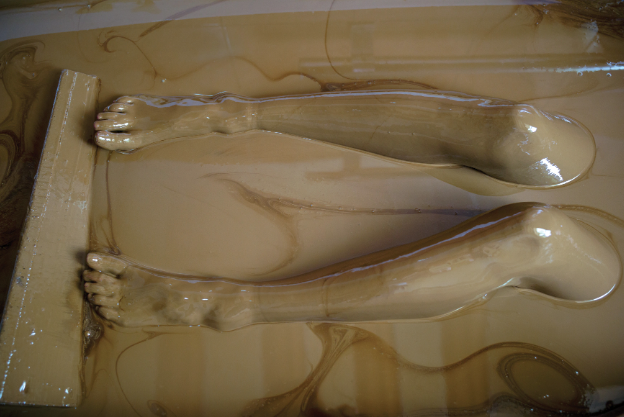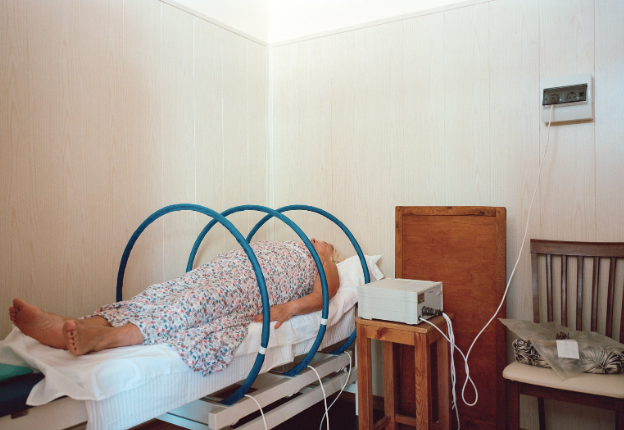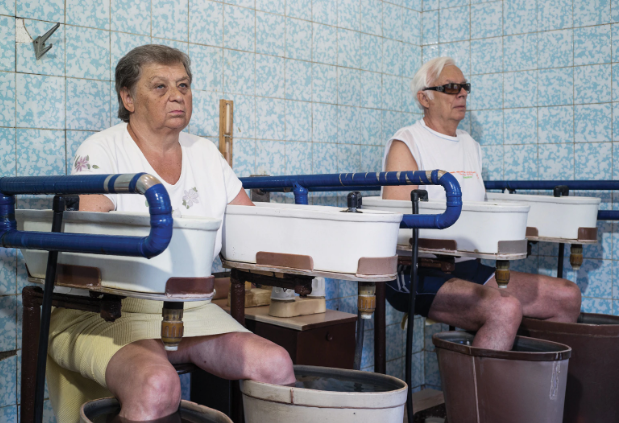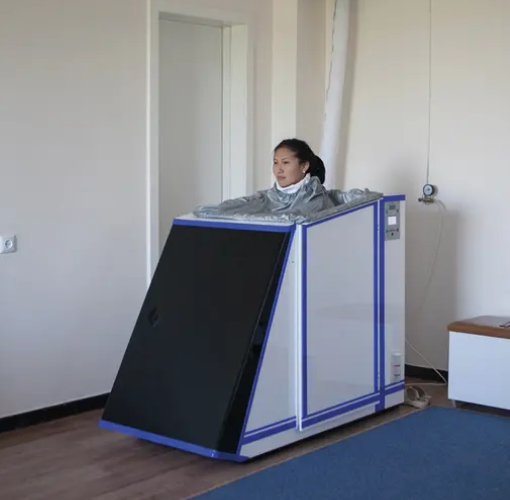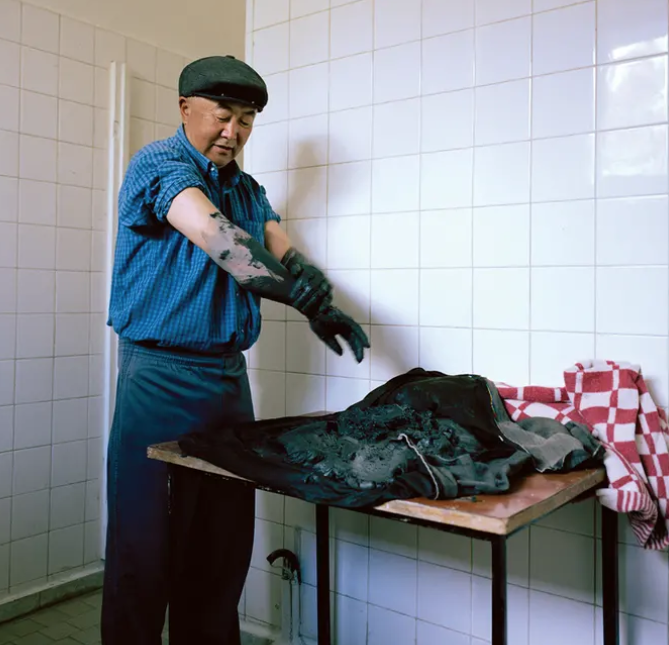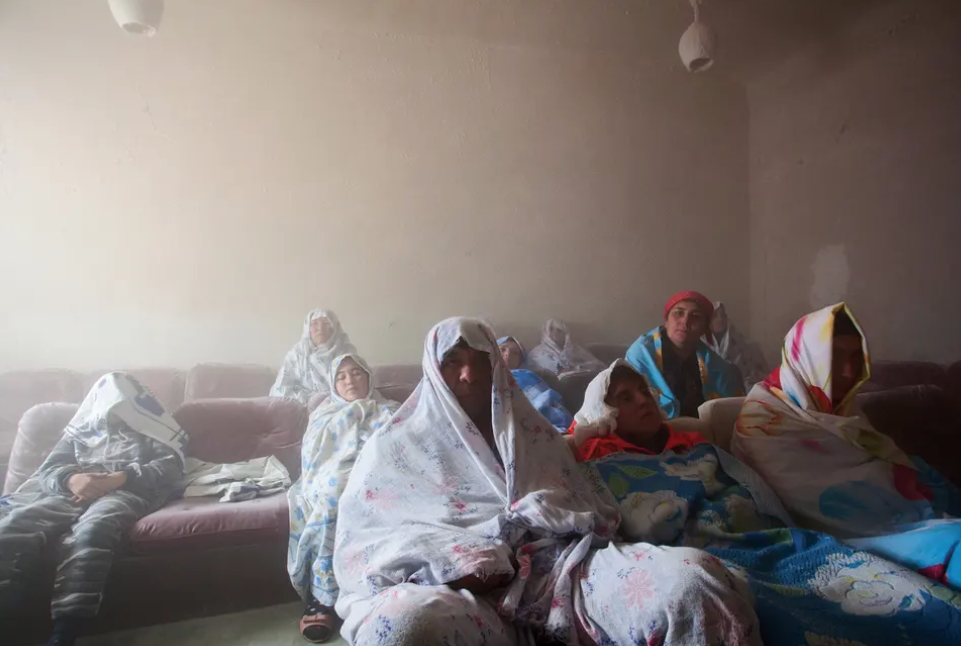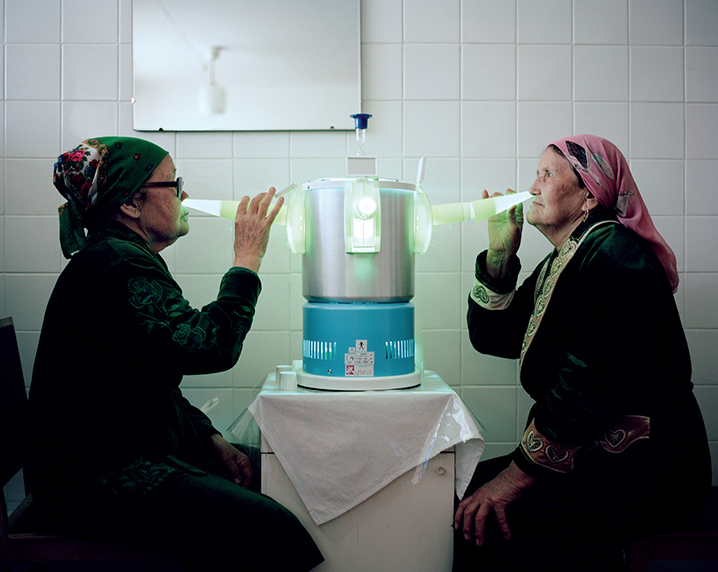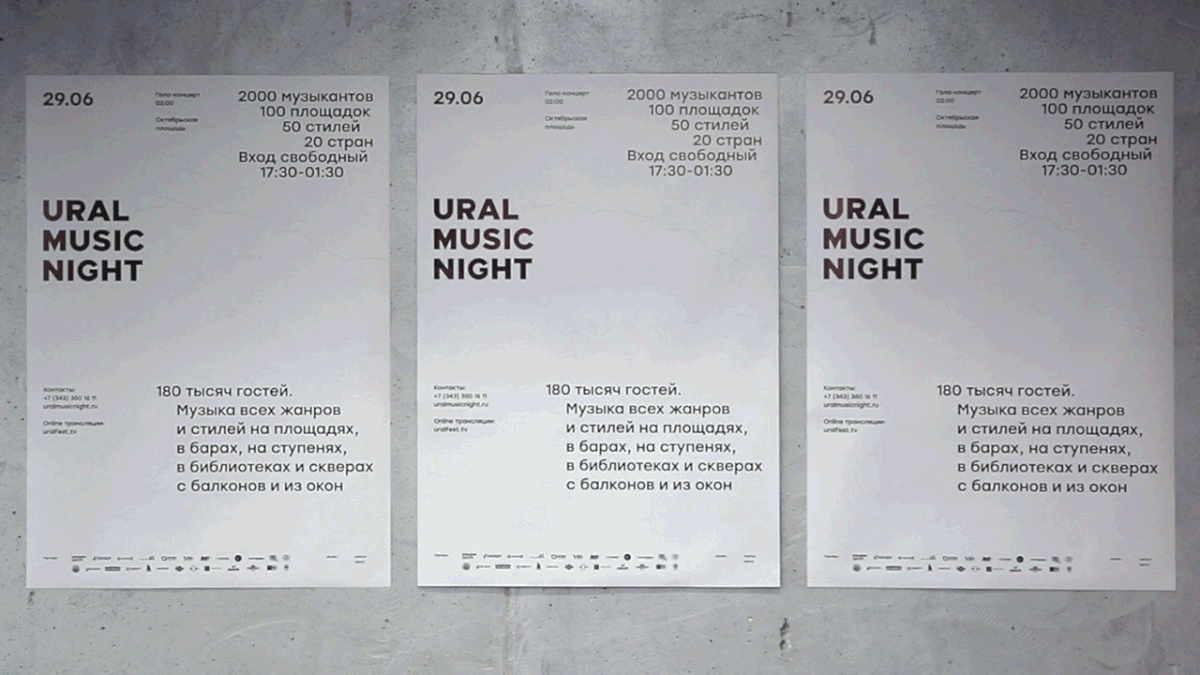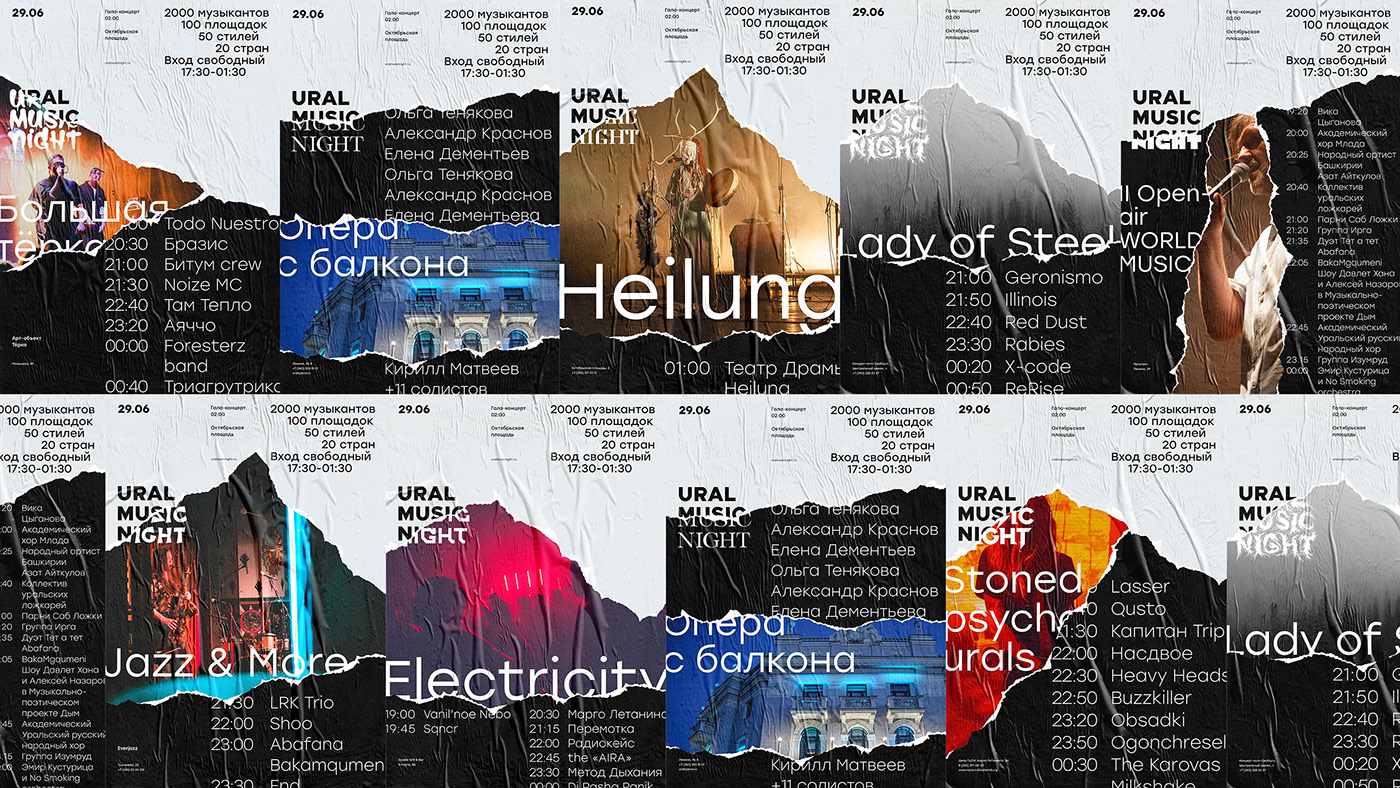Hi MLE,
Those vast complexes built under Stalin and subsequent leaders... I've had my eye on these for a few years, ever since various photographers have been using them as subject matter for books and galleries.
In Russia, Ukraine, and other former Soviet Union republics, the term 'sanatorium' is generally used for a combination resort/recreational facility and a medical facility to provide short-term complex rest and medical services. Unlike western holidays, which the Soviets perceived as lavish and idle, holidays in the USSR were entirely purposeful: their function was to provide rest and recuperation so that workers could remain efficient and productive.
Eligible individuals received vouchers to stay at particular sanatoriums for a specified period of time, either at subsidised rates or for free. In principle, industrial workers and those with medical conditions were to be given priority, but in practice those with money and connections were prioritised instead. Today, guests consist of a large number of second world war veterans and pensioners who are treated free of charge for stays of up to a number of weeks.
In the early days, every aspect of sanatorium life was controlled and monitored by staff in accordance with a strict schedule. Guests would start with a visit to the resident doctor, who would draw up a tailor-made programme of mandatory callisthenics, dietary recommendations and treatments. Gradually, a more relaxed sanatorium culture developed over the course of a century, and today guests can even undertake whatever treatment they like and come and go as they please.
What I find really amazing is the treatments, that are still available today. Please see the images above, from top to bottom (yes these photos were taken just a couple years ago):
Crude oil bath for 10 minutes
Magnetic therapy
Mineral water bath
Oxygen bath
Parafin wax treatment
Salt air treatment
Ultraviolet light nose and throat disinfectant
There were 1,829 new sanatoriums built across the USSR by 1939, and they continued to be built right up to the 80s. In their peak, these sanatoriums were visited by millions of citizens across the USSR each year. Dozens are still open for business.
But those open for business are hard to find... However, after a search I have discovered Hotel Aurora Issyk-Kul, in Kyrgyzstan. This might be an option. It was built in 1979, not as old as I would like, but it does offer most of the therapies above. I would love to go:
Suzan
